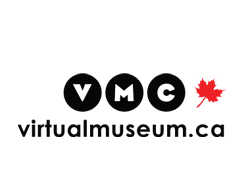Home | Major Sporting Events | Brier
The Brier 2000-Present
PreviousNext
The Brier has been held every year since 1927, with the exception of three years during the Second World War. The tournament's longevity reflects curling's proud history and enduring popularity as a cherished national pastime in Canada. By 2015, it had been held in 31 cities across the country, at least once in every province. Continually showcasing the game's unique strategic and athletic challenges, the Brier has also promoted curling's development as a competitive sport across the nation.
Switching title sponsors several times since 2000, organizers, promoters and participating athletes have continued to celebrate the Brier's rich heritage as a national event that unites Canadians from coast to coast. In 2001 the original silver Brier Tankard trophy was restored and reinstated as the modern symbol of the championship, honouring the tournament's roots. The Brier's audience has also continued to expand, and a remarkable new record was set in 2005 when 281, 985 people attended the championship in Edmonton, Alberta.
The structure of the Brier has continued to evolve. Winners traditionally had to re-qualify the following year through provincial championships and win a purple heart crest to play in the national tournament. This changed in 2014, when the Brier took a cue from the Canadian national women's curling championship, the Scottie's Tournament of Hearts, ensuring champions immediately qualify to play in the next Brier as Team Canada. Carrying on tradition, the winner of the Brier continues to represent Canada on the international stage at the World Men's Curling Championship.

The original Macdonald's trophy was reactivated in 2001 when Nokia and later Tim Hortons (2005) assumed sponsorship of the Brier. As there was no longer room for all the previous team plates on the original base, a new one was made so that a silver heart for each winning team could be added.
Collection: Private Collection: Warren Hansen
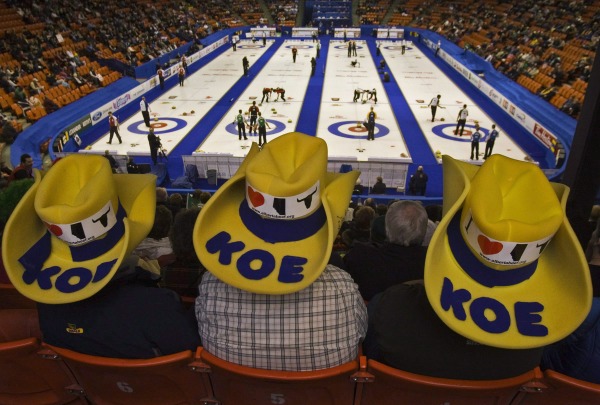
Alberta curling fans sport giant cowboy hats as they cheer on the Kevin Koe rink at the 2010 Brier. Not unlike football fans, curling fans are not afraid to show their team affiliation. Attendance at the Brier has grown to regular audiences of over 200,000.
Collection: THE CANADIAN PRESS/Andrew Vaughan
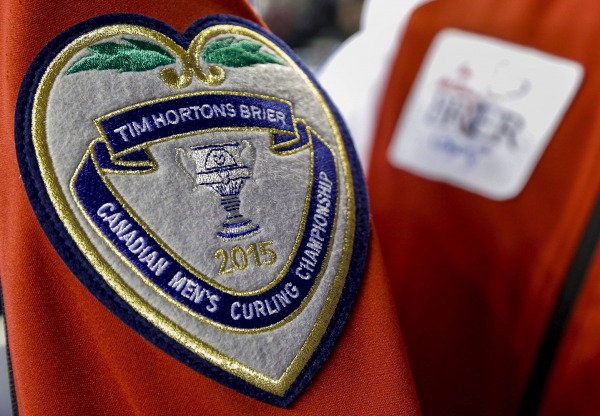
The silver heart crest from the 2015 competition shows the Macdonald trophy and the sponsor name. While the crest has changed colour and logos over the years, it is still represents the heart of the Brier and curling supremacy.
Collection: THE CANADIAN PRESS/Jeff McIntosh
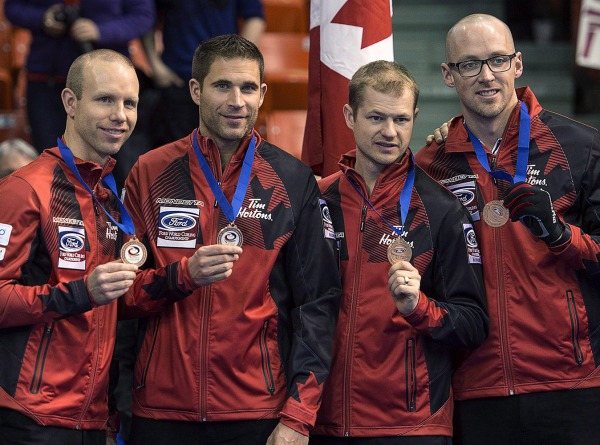
The first World Curling Championships were first held in 1959 were between Canada and Scotland. Today they consist of a 12 team round robin competition with the top four teams advancing to the knockout round. The winners of the Brier represent Canada and get a bye into the next year's Brier championship.
Collection: THE CANADIAN PRESS/Andrew Vaughan

The curling broom has evolved from the original corn broom to the hair brush to the newest version with synthetic heads. The basic principle of sweeping remains the same - to make the rock go further or straight. The synthetic head is more effective in melting the pebbled surface of the ice.
Collection: Canada's Sports Hall of Fame
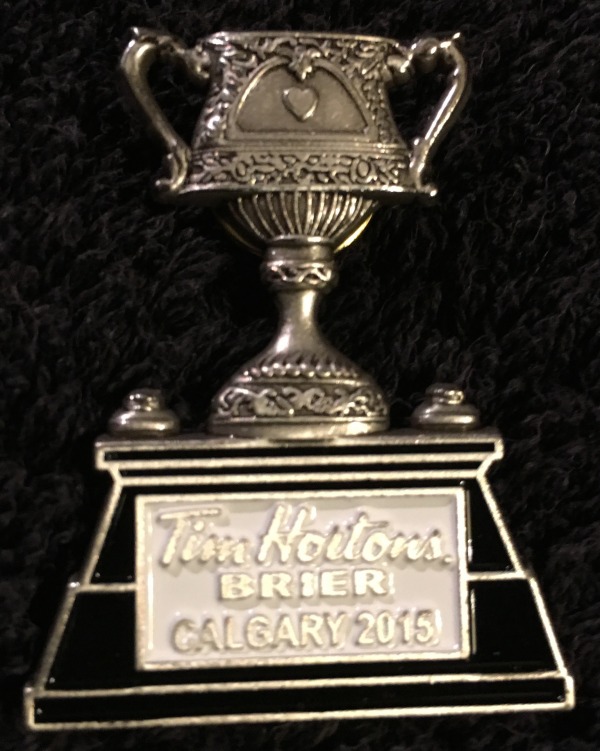
Individual tankard pins have been made for each Brier starting in 2001. They are treasured collector's pins and include the host city and year.
Collection: Private collection: Warren Hansen

During round robin play the curling rink is divided into several sheets that have different games happening at the same time. While the curler focuses on his game, the fans can enjoy a wide range of competition.
Collection: THE CANADIAN PRESS/Jeff McIntosh
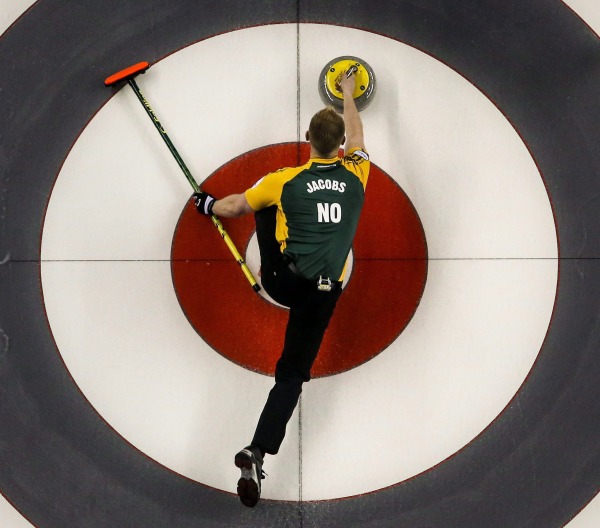
Brad Jacobs is a consistent competitor at the Brier. Jacobs, skip of the Northern Ontario Team, won the Brier in 2013 and the Olympic gold medal at the 2014 Olympic Winter Games in Sochi. Northern Ontario has played at the Brier since its inception in 1927.
Collection: THE CANDIAN PRESS/Jeff McIntosh
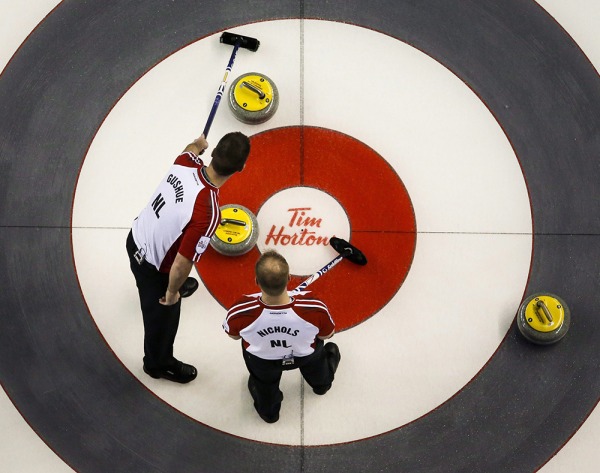
Curling is a game of strategy and curlers discuss each shot before the stone is delivered. Brad Gushue skipped the team from Newfoundland to the first Olympic gold medal for men at the 2006 Olympic Winter Games in Torino. His team were the first Newfoundlanders to win an Olympic gold medal.
Collection: THE CANADIAN PRESS/Jeff McIntosh
Previous Next


